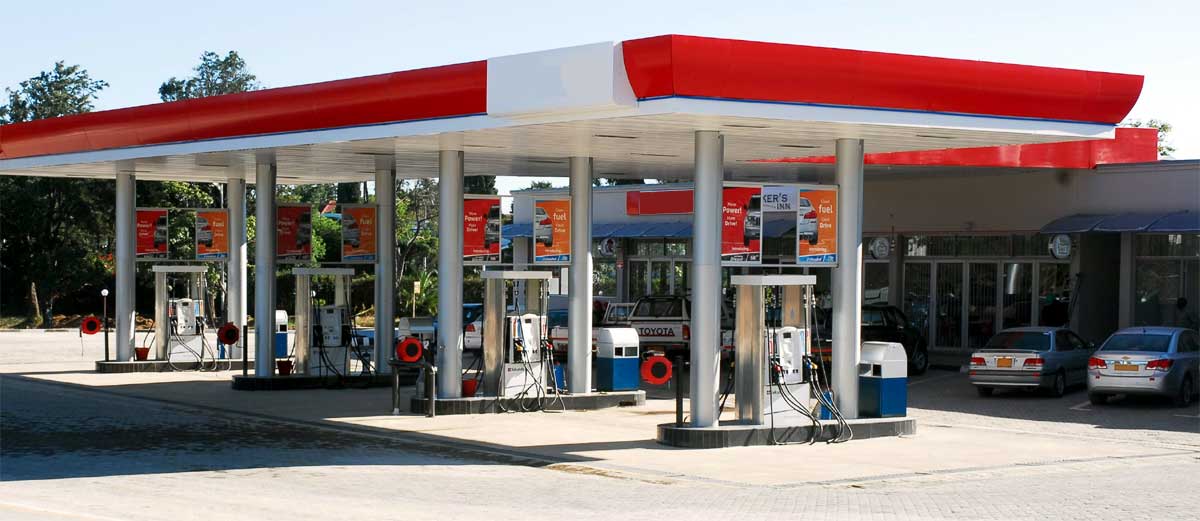President Biden Bans Russian Oil Imports
Seventy percent of Americans support the ban on Russian oil imports regardless of the rising fuel costs. However, some Americans are falsely directing blame to gas station owners for increased prices at the pump.
Rob Underwood, President of the Energy Marketers of America (EMA), said, “blaming gas station owners for high gas prices is nonsense. The retail motor fuels market is the most competitive marketplace in the country. Retailers post their prices on big signs where a one-penny difference can determine where customers choose to fill up. Unfortunately, what the market is currently experiencing is the whiplash effect of prices due to Russia’s invasion of Ukraine. Crude oil is traded in a global market where prices are ultimately set by worldwide supply and demand and influenced by Wall Street commodity traders’ perceptions about future supply and demand.”
On March 8, President Biden signed an Executive Order (EO) to ban the import of Russian oil, LNG, and coal in an effort to hold Russia accountable for the invasion of Ukraine. In response to the EO, which took effect on March 8, the U.S. Department of the Treasury issued a General License authorizing wind down activities, and if a party has already contracted for a covered import they have 45 days in order to get the import into the US. The ban also covers new US investment in the Russian energy sector.
The Administration is looking for solutions to mitigate the impacts of losing the 700,000 barrels/day of Russian oil on US consumers by working with industry to ensure an adequate supply, and the Administrations’ much longer-term efforts looks to items like the infrastructure plan as well as moving towards electric vehicles.
What the President must do is issue quarterly lease sales for onshore energy development and a new five-year plan for offshore development; renew Keystone XL; and provide for a general waiver of the Jones Act (see EMA’s letter here) among other actions to strengthen domestic energy production. Furthermore, Russia’s invasion of Ukraine, and corresponding oil prices, reinforces the value of America’s traditional fuel sources. While the Administration prioritizes EV charging, we must not forget the millions of Americans who rely on mom-and-pop gas stations to fuel vehicles daily.
Rob Underwood also noted, “a myriad of factors beyond the cost of crude oil and refining it into gasoline affect prices at the pump, including federal/state motor fuels excise taxes, boutique fuel requirements, and credit card swipe fees which remain the highest expense after labor for gas station owners.”
Gas prices are set by the owner or operator of each retail outlet who must factor the need to pay for the next delivery of gasoline (i.e. replacement costs) into the street price. If supply is seen as dropping relative to demand, this can place upward pressure on price and can be factored into the retailer’s pricing decision. Boycotting local gasoline stations or blaming them for the high prices is not an effective response and will not reduce the price of gasoline. EMA will continue representing these interests across the 47 state and regional fuel marketer associations we serve.


